Burg Mildenstein – Dieser berühmte Kaiser kaufte die Feste Ehemalige Reichsburg über der Freiberger Mulde
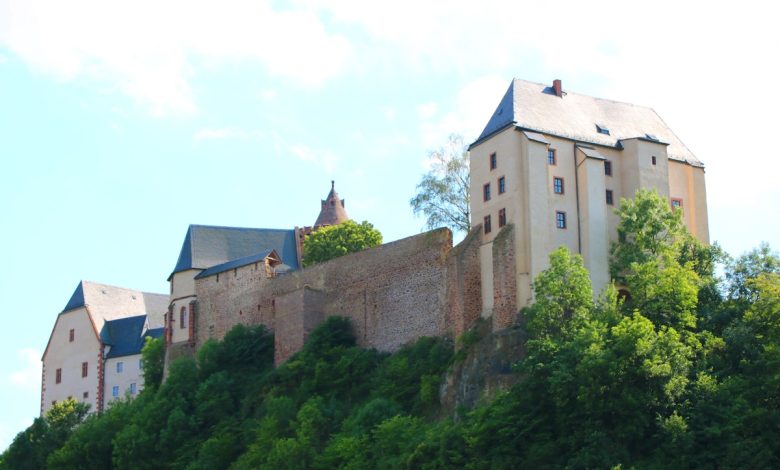
Burg Mildenstein ist eine beeindruckende Festung, die sich majestätisch auf einem Bergsporn über der Freiberger Mulde erhebt. Die Anlage befindet sich im Bundesland Sachsen nahe der Stadt Leisnig. Sie ist ein herausragendes Beispiel mittelalterlicher Architektur und Geschichte und hat im Laufe der Jahrhunderte eine bewegte Vergangenheit erlebt.
Erstmalige Erwähnung von Burg Mildenstein
Malerisch am Lauf der Freiberger Mulde gelegen, erhebt sich die Feste auf einem hohen Bergsporn. Die Anlage ist sozusagen „uralt“. Aus frühesten Aufzeichnungen geht hervor, dass Burg Mildenstein auf das Jahr 1000 zurückgeht. Somit gilt die Reichsburg als eine der ältesten Burgen des Freistaat Sachsen. Nur Schloss Meißen und Schloss Altenburg sind ähnlich alt. In einer Schenkungsurkunde von Kaiser Heinrich III. (1016-1056) der Burgwarde von Colditz, Rochlitz und Leisnig findet die Burg im Jahr 1046 erstmals Erwähnung. Später übertrug Kaiser Heinrich IV. (1050-1106) die Feste an seinen Dienstmann Wiprecht von Groitzsch (1050-1124). Als ältester erhaltener Teil der Burg gilt die Kapelle aus dem Jahr 1100 (1400-1420 um einen gotischen Chor erweitert).
„Als Reichsburgen bezeichnete man nicht private Festungen, die zum Königsgut der deutsch-römischen Königen oder Kaiser gehörten.“
Kaiser Barbarossa kommt ins Spiel

Als Wiprechts Enkelin Mechthild sich mit dem fränkischen Grafen Rapoto von Abenberg vermählte, wechselte Burg Mildenstein 1143 den Besitzer. Doch bereits fünf Jahre später, verkaufte er die Feste an den berühmten Kaiser Barbarossa (1122-1190), vormals Herzog Friedrich III. von Schwaben. Fortan diente die Reichsburg als Zentrum des Herrschaftsgebiet des Pleißenlandes. Weil der Kaiser sein Land von den verstreuten Pfalzen im Land regierte, vergab er das Lehen an die Burggrafen von Leisnig. Diese sollten sich während seiner Abwesenheit um die Ländereien und die Festung kümmern.
Als Barbarossa 1188 in Leisnig verweilte, wurde sowohl mit dem Bau der Kapelle als auch dem Bergfried begonnen. Wie bei vielen Bergfrieden damals üblich, befand sich auch hier der Eingang zum Turm in luftiger Höhe (13 Meter). Zugänglich nur über Leitern, die im Ernstfall entfernt werden konnten. Um den Bergfried errichtete man im 13. Jahrhundert mit der Vorburg noch einen weitere Verteidigungslange.
Die Markgrafen von Meißen ergreifen ihre Chance
Im wachsenden Machtstreit mit den Markgrafen von Meißen unterlagen die Burggrafen von Leisnig letztendlich. Ab dem Jahr 1365 traten diese die Burgherrschaft schließlich an die Meißner ab. Markgraf Wilhelm I. (1343-1407) genannt, der „Einäugige“ verwaltete voran die Anlage. Unter dem Wettiner entstanden das Kornhaus, Herrenhaus und das Pagenhaus. Doch als Residenz des Amt Leisnig verfiel die Burg schnell in Bedeutungslosigkeit. Im Dreißigjährigen Krieg hielt sich Stanislaus I. Leszczyński vorübergehend (1706). Er war der polnische Gegenkönig zu August dem Starken und Verbündeter der schwedischen Armee. Ende des 18. Jahrhunderts wich der wehrhafte Charakter der Anlage immer mehr zu Gunsten eines wohnhaften Verwaltungssitzes. Die Familie Mirus ließ 1798 einen romantischen Park am Burgberg errichten samt Felsentunnel (1866). Das Amtsgericht sowie das Gefängnis zogen ein und mit ihnen kamen viele Beamte.
Burg Mildenstein wird zum Museum
Ab dem Jahr 1890 zogen weitere Nutzer in die Burganlage ein. So auch der Geschichts- und Altertumsverein des Ortes Leisnig. Später folgte ein Tierpark, der in der Spitze Heimat für über 150 Tierarten war (1965-90). Ab 1952 schloss das Gefängnis seine Tore in der Burg und das Kreismuseum zog ein. Nach der Wende übertrug man dem Freistaat Sachsen den Schlossbetrieb von Burg Mildenstein. Zusammen mit über 20 Burgen und Schlössern vermarktet er die Sehenswürdigkeiten im Bundesland auf der Website „Schlösserland Sachsen“.

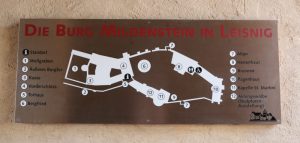
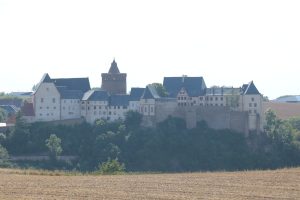
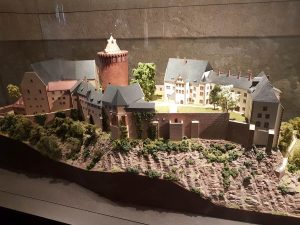
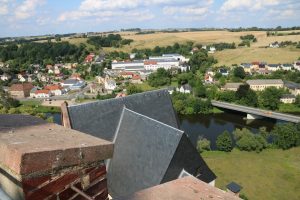
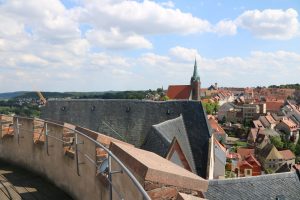
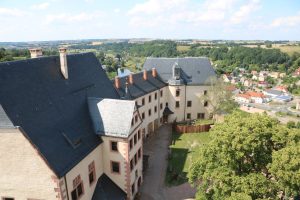
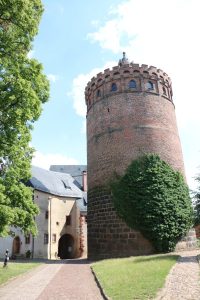
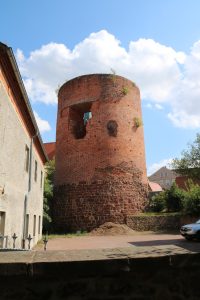
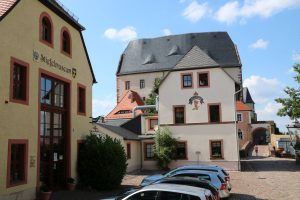
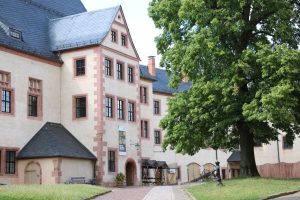
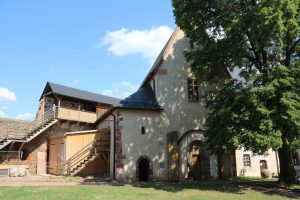
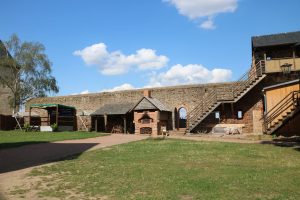
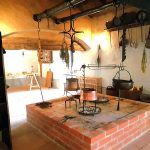
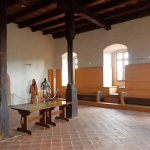




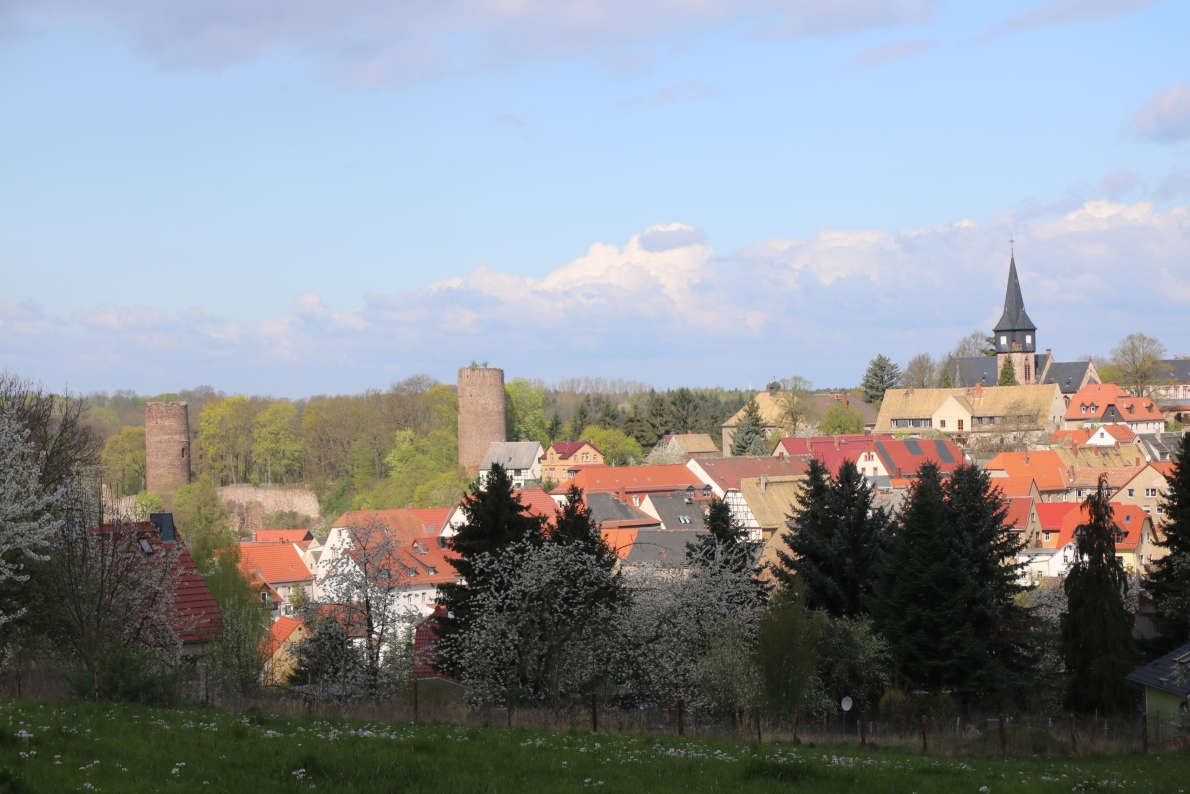
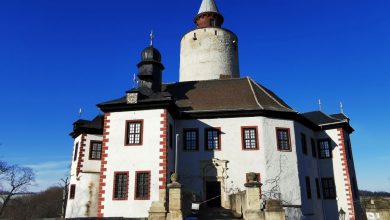

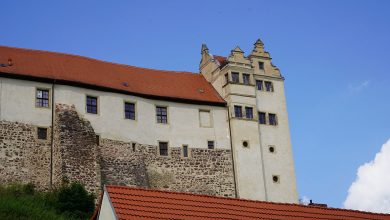
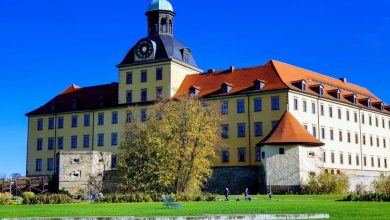
Ein Kommentar